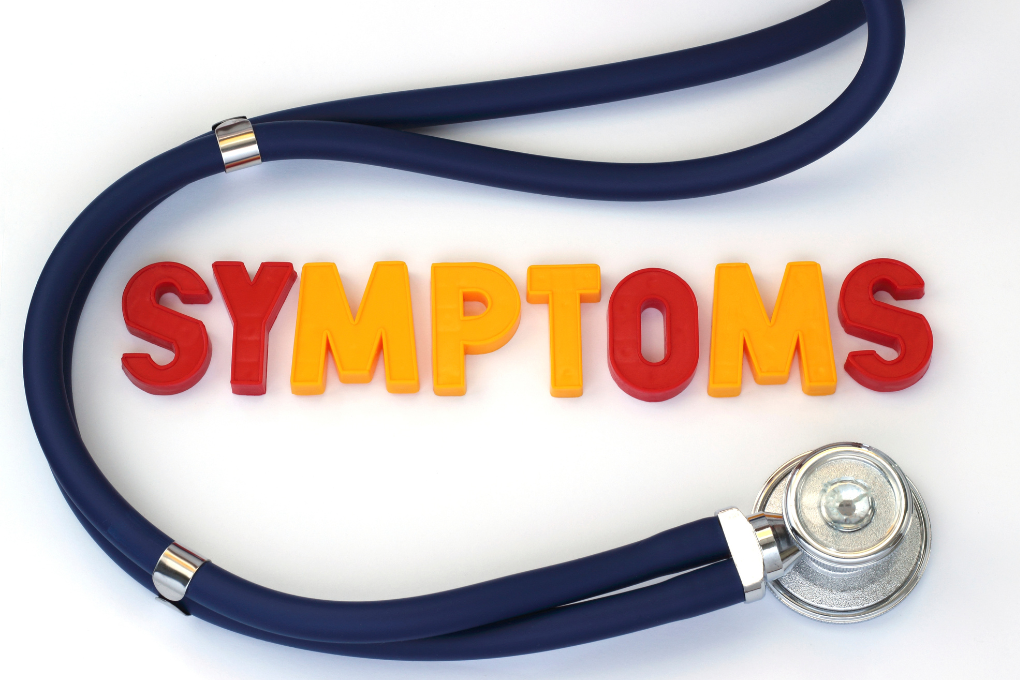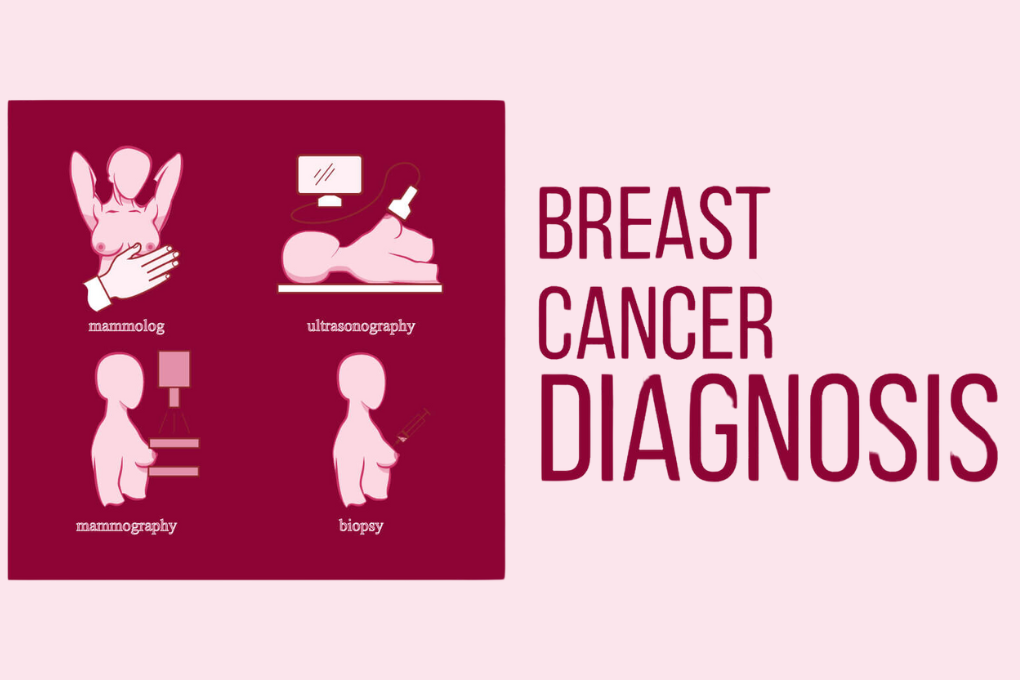Breast cancer is two words that strike fear in many women worldwide. A disease that knows no bounds and affects lives across age, race, and social class lines—yet knowledge is power! By learning all we can about breast cancer, we can arm ourselves with the knowledge to detect it early, fight it bravely, or even prevent it entirely. So sit back, grab a cup of tea (or coffee!), and join me as we embark on this journey together to empower ourselves and those close to us against this devastating condition!

Common Symptoms and Risk Factors
Breast cancer is an increasingly prevalent issue that impacts millions of women worldwide. By understanding its symptoms and risk factors, early detection and treatment could become easier. By keeping an eye out for any signs, early intervention could become possible. One of the hallmark signs of breast cancer is a lump or thickening in either the breast or underarm area, whether painless or with tenderness. Other warning signs could include changes in size or shape, skin dimpling or puffing, discharge from either your nipple or breast skin, as well as redness or scaling on either.

Although less serious conditions could also be the cause of these symptoms, early diagnosis greatly improves treatment outcomes. Certain risk factors increase your odds of breast cancer, some beyond our control, such as age (risk increases with age) and family history (having close relatives with breast cancer), but lifestyle choices we make may reduce our risks. Maintaining a healthy weight through regular exercise and balanced nutrition is one way to lower the risk of cancer, including breast cancer. Limiting alcohol consumption has also been associated with reduced risks. Regular self-exams, clinical screenings, mammograms (for women over 40), and genetic testing for high-risk individuals can all help detect any abnormalities early.
Types of Breast Cancer
Breast cancer comes in several different varieties that affect both women and men; understanding them all is crucial for early diagnosis and selecting an effective treatment plan. Breast cancer cases most frequently diagnosed are those originating in the milk ducts and spreading to surrounding tissue, accounting for roughly 80% of cases. Also popular are instances of invasive lobular carcinoma (ILC), which begins in milk-producing glands but can quickly spread throughout nearby tissue.

Less common types include inflammatory breast cancer, which manifests with redness and swelling of the breast tissue, as well as Paget’s disease of the nipple, an uncommon form that affects only the skin around the nipple. There are various subtypes of breast cancer based on hormone receptor status: estrogen receptor-positive (ER+), progesterone receptor-positive (PR+), HER2-positive or triple-negative. Each of these subtypes plays a crucial role in determining treatment options.
No two experiences with breast cancer are alike, which is why you must work closely with your healthcare team and tailor treatment according to your specific diagnosis and options. Regular screenings and self-exams can detect changes early and increase the chances of successful treatment outcomes.
By staying informed on different forms of breast cancer through reliable sources such as medical professionals or organizations dedicated to raising awareness, you will promote prevention measures and support those living with this condition. Staying educated will not only benefit yourself but also those affected by breast cancer!
Diagnosis and Staging
Breast cancer diagnosis and staging play a pivotal role in its management. Early diagnosis can greatly enhance outcomes. There are various diagnostic procedures available, including mammography, ultrasound imaging, and MRI imaging tests, which help identify any abnormal changes or masses within the breasts. Once an abnormality is discovered, further evaluation is essential to identify whether it could be cancerous. A biopsy is conducted to obtain a sample from the suspicious area for examination under a microscope by a pathologist, who will confirm or deny whether cancer exists.

Staging refers to identifying the extent to which cancer has spread throughout the body. The staging of breast cancer provides vital insight into treatment decisions and prognosis, considering factors like tumor size, lymph node involvement, and evidence of metastasis. Breast cancer staging follows the TNM system (tutor-node-metastasis). This technique evaluates tumor size and spread, involvement of nearby lymph nodes (N), and evidence of distant metastasis (M). Based on these factors, stages are assigned, with stage 0 representing noninvasive cancerous growths; stage T represents primary tumor size or extent within the breast; stage N reflects the involvement of nearby lymph nodes; stage M refers to whether distant metastases have spread, etc.
Accurate diagnosis and staging are essential in developing personalized care plans tailored specifically to each person’s unique circumstances, providing healthcare professionals with a way to increase the chances of successful treatment while simultaneously limiting side effects or unnecessary interventions.
Prevent Breast Cancer with these helpful strategies
Though no cure exists for breast cancer, you can reduce your risk by leading a healthier lifestyle and making smart choices that support you in fighting it off. Here are some essential guidelines for preventing it.
Maintain a Healthy Weight: Being overweight or obese increases your risk of breast cancer, so it’s essential to focus on maintaining a healthy weight through an appropriate diet and regular physical activity. Obesity has been linked with an increased risk of breast cancer after menopause; aim to reach weight stability through physical exercise and diet alone. Studies have demonstrated that excessive alcohol intake increases the risk of breast cancer. Therefore, women should limit themselves to no more than one drink daily.
Quit Smoking: Smoking increases lung cancer risks and plays a significant role in other cancers, such as breast cancer. Seek help if you smoke as soon as possible to quit and avoid further developing other cancers such as this one. Be Active: Engaging in regular physical activity has numerous health advantages, including decreasing breast cancer risks by engaging in at least 150 minutes of moderate-intensity or 75 minutes of vigorous-intensity activity each week.
Eat Healthier: Consuming a diet rich in fruits, vegetables, whole grains, lean proteins, and low-fat dairy products is vital for overall wellness and reducing the risk of various diseases, including breast cancer. Research suggests that breastfeeding could protect against developing breast cancer later. If breastfeeding your child is possible and suitable, consider doing it!
Know Your Family History: Having a family history of breast or ovarian cancer increases your risk, so it is crucial that you become familiar with and share this history with your healthcare team. Doing this will allow them to assess whether additional screening or genetic testing would benefit you. Be Aware of Your Family History: Being aware of family members with a history may increase your risk of cancers such as these.